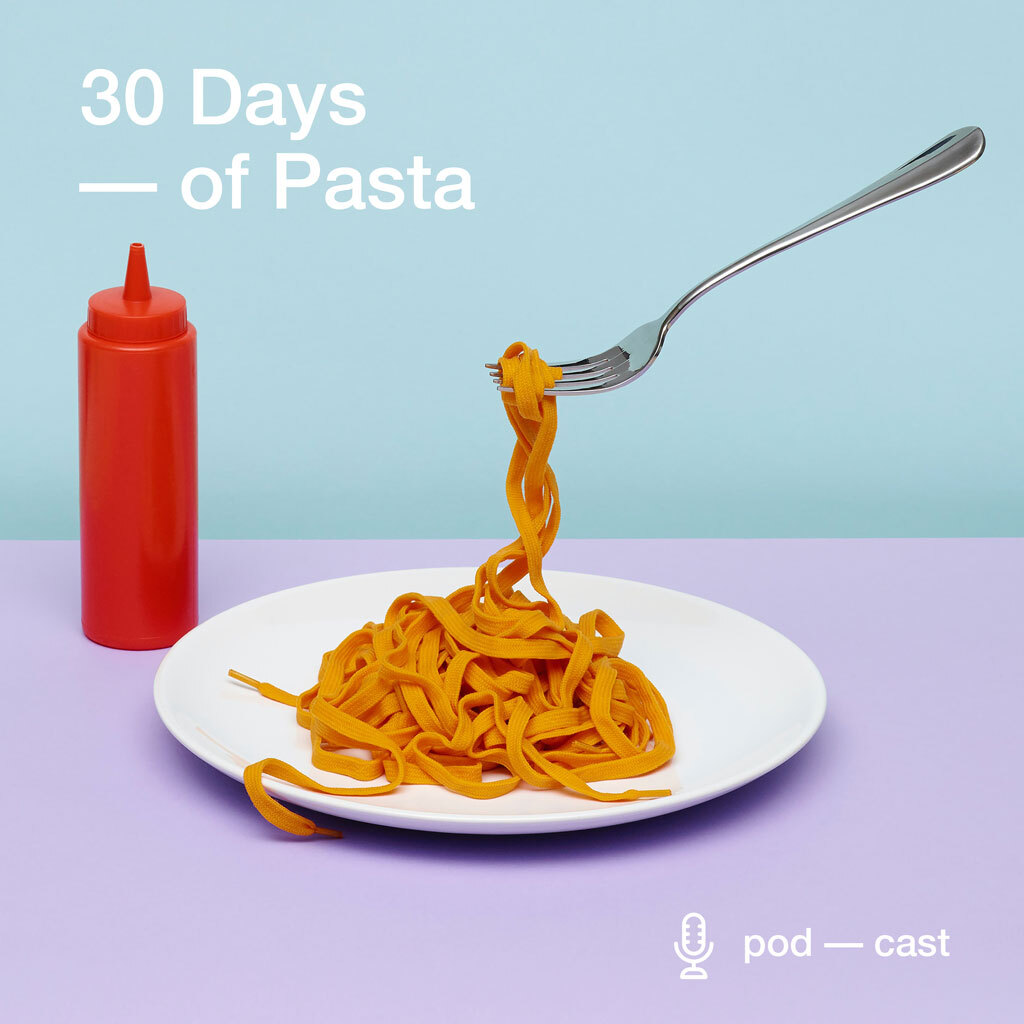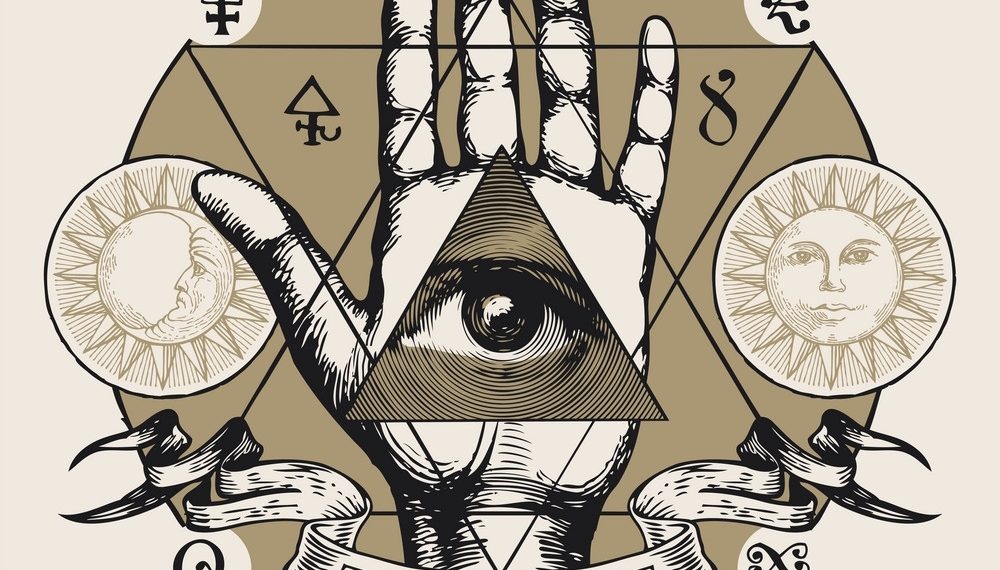When you listen to a witness, you become a witness – Eli Wiesel

Cartoonist Art Spiegelman had a problem in the 1970s. The son of a Holocaust survivor, he was at a loss as to how to communicate the unspeakable, unconfrontable horror that his father and millions of others, living and dead, had experienced. An idea came to him, and he jotted it down: Maybe Western civilization has forfeited any right to literature with a big ‘L.’ Maybe vulgar, semiliterate, unsubtle comic books are an appropriate form for speaking of the unspeakable.
The idea became Maus, Spiegelman’s own memoir, and his father’s chronicle of the Holocaust using the graphic novel medium. Spiegelman weaves two stories in panels, thought balloons and dialogue, one past and one present.
The one tells the story of Vladek Spiegelman, a Polish Jew who endured the Holocaust, losing everything but his life. The other recounts Vladek’s cartoonist son, asking, coaxing, and ultimately getting—over months—his father’s testimony.
We all know comic books. We’ve all read comic books. The pictures pull us in. The simple plot and dialogue pull us along panel by panel, page by page. We’ve also seen horrific images of the Holocaust—in photos, footage and the chilling accounts of the survivors. We don’t like those images. We’d rather not look at them. We’d rather not reflect on the enormity of the crimes they convey. We’d rather not think about the depths to which our species can sink.
Spiegelman’s achievement is that by a simple device, he coaxes us—just as he coaxed his father—to continue to confront the Holocaust—its reality, its pain, its unrelenting terror—panel by panel, page by page. Borrowing from the Nazi playbook of equating Jews as vermin, he pictures them as mice, the Nazis as cats, the Americans as dogs and Polish non-Jews as pigs. But here, the purpose is not to degrade and dehumanize but to make palatable. We continue to read and confront because we have the breathing room of distance. There are no human beings here, after all, just analogies of human beings—searched out, snared, sifted, slaughtered.
But on the rare occasion that Spiegelman proffers an actual human form—the small drawing of his naked mother, dead by slashing her wrists 23 years after surviving the Holocaust; the photograph of his father shortly after WW2, posing stoically in the Auschwitz “uniform.” The impact is shocking but necessary—a vital acknowledgment that we are now, along with Vladek, witnesses.
The two stories weave in and out—the elder Spiegelman’s sometimes grudging, sometimes delayed narrative of the Holocaust as it impacted him, his life, his family; and the present-day relationship of father and son.
We see how Vladek’s experiences changed him—his short temper, obsession with saving bits of things, and constant suspicion.
One occasionally reads a book that is a real “page-turner,” one that suspense or concern for the characters or simply the excellence of writing keeps one glued until one has reached the back cover. I could not put down Maus until I had read every page—but for none of those reasons. I couldn’t put it down because one doesn’t exit a memorial service before it ends. To experience Maus is to be allowed entry to a time of incalculable evil and, having entered, never to avoid or turn away from it again.
Some would rather not go through that door, and some have tried to shut the door so that others cannot enter. A board of education in Tennessee—the same state that a century earlier put a high school teacher on trial for daring to teach evolution—unanimously banned the Pulitzer Prize-winning book because “of its unnecessary use of profanity and nudity and its depiction of violence and suicide.” Maus, a college, high school and middle school staple for decades, was suddenly inappropriate for everyday consumption.
According to the minutes, one school board member idiotically observed, “We don’t need this stuff to teach kids history. We can teach them history and we can teach them graphic history. We can tell them exactly what happened, but we don’t need all the nakedness and all the other stuff.”
It’s “all the other stuff,” the awareness of which is precisely what is needed to keep hope alive that such a blot on our species never happens again. Another board member commented, “Being in the schools, educators and stuff, we don’t need to enable or somewhat promote this stuff. It shows people hanging; it shows them killing kids; why does the educational system promote this kind of stuff? It is not wise or healthy.”
True enough, genocide is unhealthy, and learning about genocide is unpleasant. However, trying to sugar-coat it to be palatable is infinitely more obscene than what the cherry-picking censors have used to ban the book.
An exasperated Spiegelman, remarking on the board of education’s decision, said they “want a kinder, gentler Holocaust they can stand.”
Thankfully, sales of Maus on Amazon skyrocketed immediately after the Tennessee county’s ban. Thankfully, we live in a country where a book may be banned in one corner but still read, discussed, and learned from in another.
Maus, A Survivor’s Tale, by Art Spiegelman, Pantheon Books, 296 pages
_______________
From its beginnings, the Church of Scientology has recognized that freedom of religion is a fundamental human right. In a world where conflicts are often traceable to intolerance of others’ religious beliefs and practices, the Church has, for more than 50 years, made the preservation of religious liberty an overriding concern.
The Church publishes this blog to help create a better understanding of the freedom of religion and belief and provide news on religious freedom and issues affecting this freedom around the world.
The Founder of the Scientology religion is L. Ron Hubbard and Mr. David Miscavige is the religion’s ecclesiastical leader.
For more information visit the Scientology website or Scientology Network.
DOWNLOAD THE WHITEPAPER

